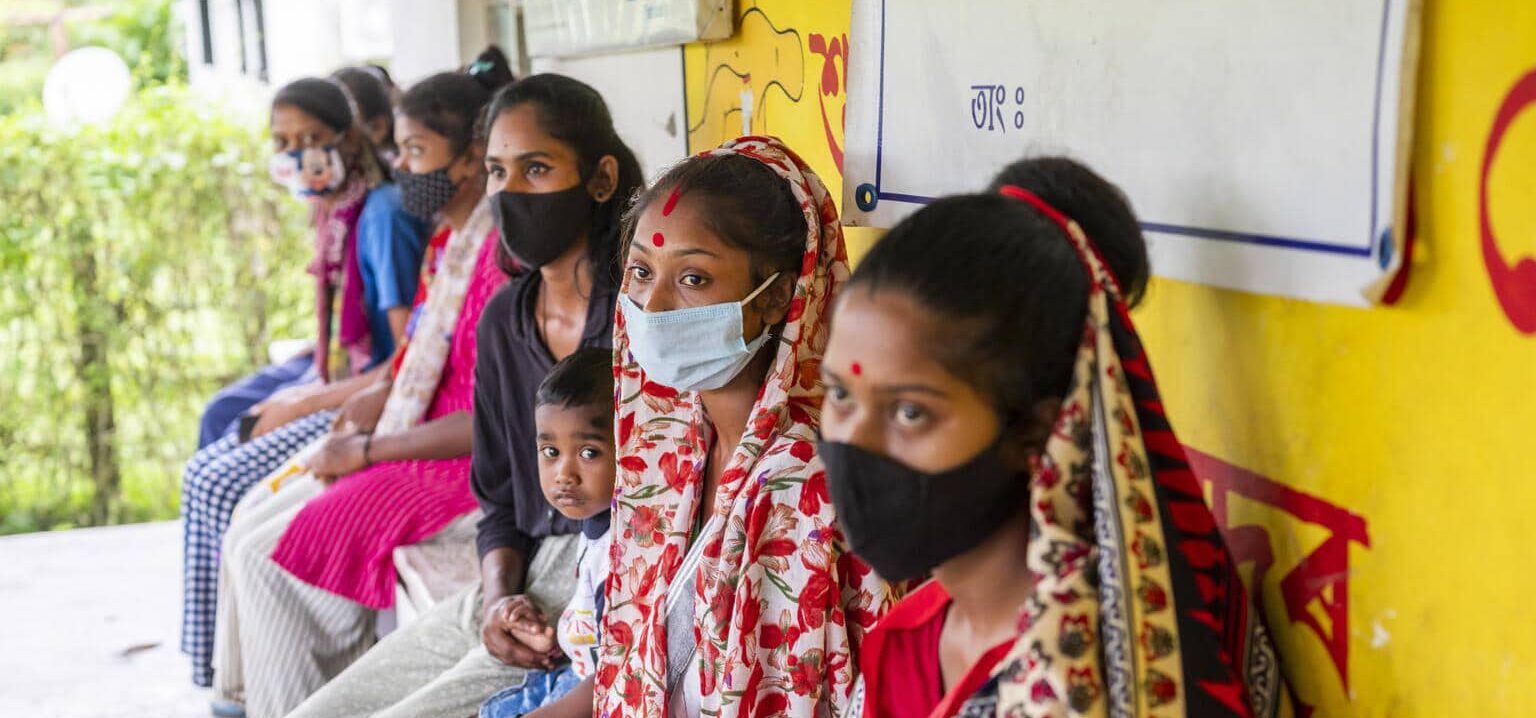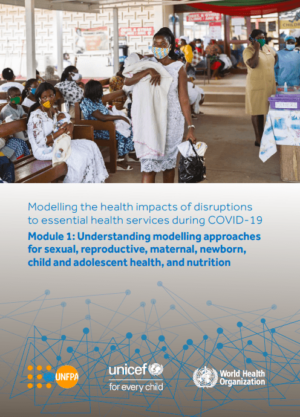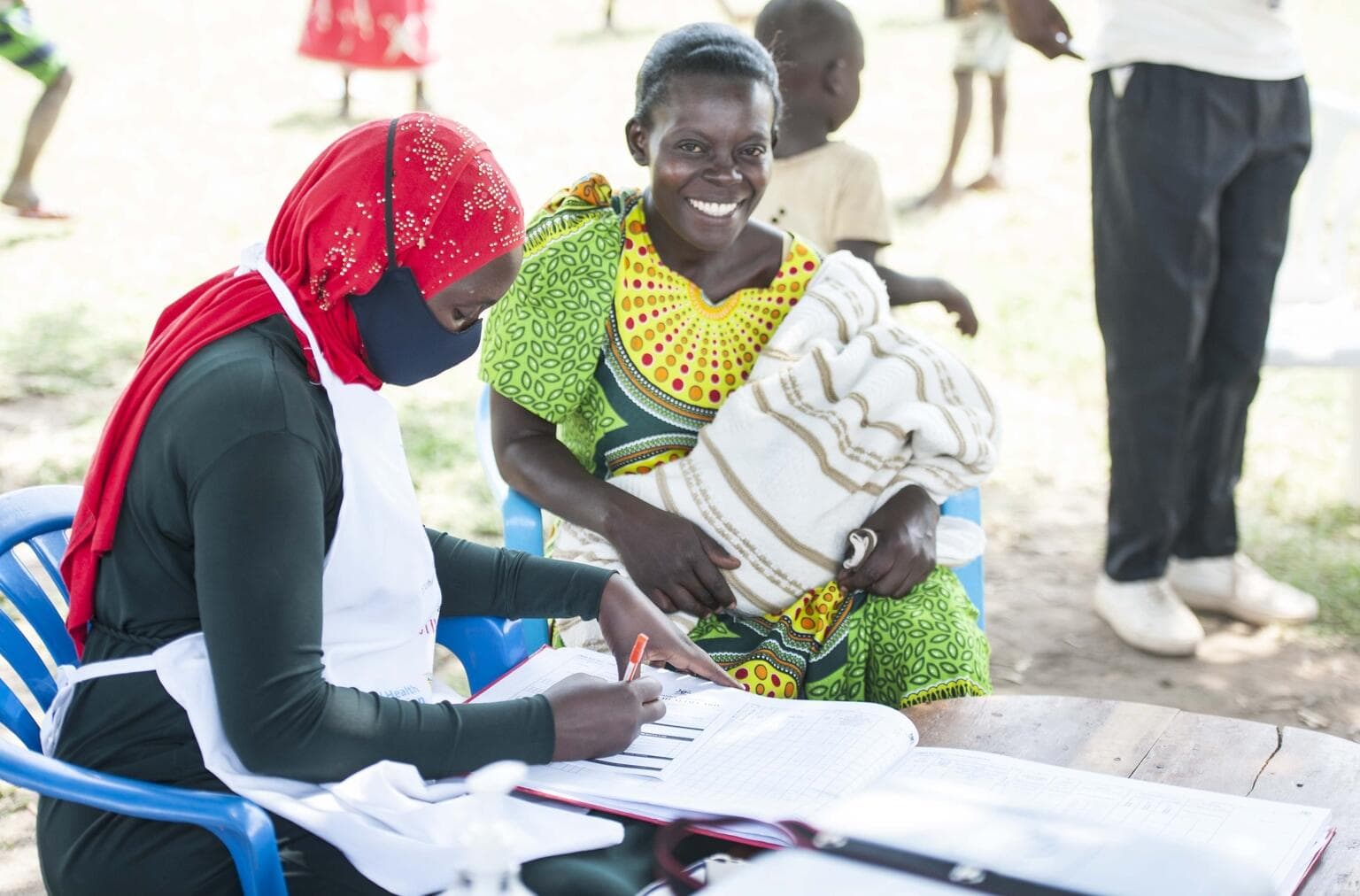Modelling the health impacts of disruptions to essential health services during COVID-19
Module 1: Understanding modelling approaches for sexual, reproductive, maternal, newborn, child and adolescent health, and nutrition

COVID-19 directly causes death and illness, but its indirect negative effects are just as important, such as the disruption to health and society, the resources that have had to be allocated to its mitigation and away from other areas, and the overall impact on the economy and society. Understanding these effects and how policies can eliminate, reduce or mitigate them is crucial.
The effects of COVID-19 have been studied using a variety of epidemiological models. This guide provides a technical overview and description of models that have been used to assess the potential impact of disruptions to essential health services caused by the pandemic from conditions other than COVID-19 illness. The Module 1 focuses on the effects on health services and societal mechanisms related to sexual, reproductive, maternal, newborn, child and adolescent health, as well as child survival and nutrition.
Key conclusions and recommendations:
- The models show that the indirect impact of COVID-19 from service disruption will result in loss of life that can potentially be avoided. The overall message is that maternal, child and reproductive health services should be supported and maintained during the pandemic.
- Country-specific models may be the most useful for modelling the indirect impact of COVID-19. These models can be the most helpful for advocacy as well as decision-making on the priorities for maintaining essential services.
- All models have weaknesses, mostly related to assumptions and data availability. Partly because the models were developed relatively early on in the evolution of the COVID-19 pandemic, and partly because the models have a global or regional scope, where collecting data for all countries becomes a considerable challenge.



